1. 2001 Chrysler PT Cruiser
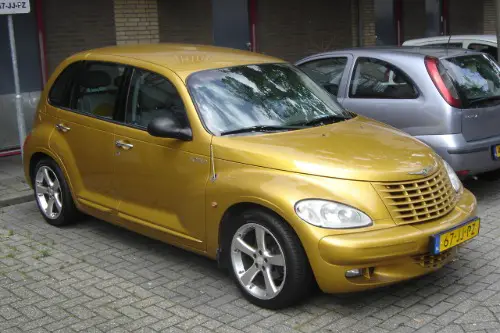
The Chrysler PT Cruiser was undeniably polarizing when it was first released in the early 2000s. Its retro, almost cartoonish design was a bold attempt to recapture the charm of classic American cars but left many scratching their heads. Its high roofline and boxy rear end gave it the appearance of a minivan trying to be something more. Despite the mixed opinions on its looks, the PT Cruiser became a hit in the early 2000s thanks to its roomy interior and quirky personality.
Now, the PT Cruiser has transitioned into a collector’s item for those who appreciate its eccentric styling and unorthodox place in automotive history, Robert S. Miller writes for Mopar Insiders. The car’s status as a quirky crossover makes it a nostalgic piece of early-2000s automotive culture. With production stopped and fewer models available, those who love it see it as a unique piece of Americana. Its endearing, “love it or hate it” design is what gives it value among collectors today.
2. 1980 Chevrolet Citation
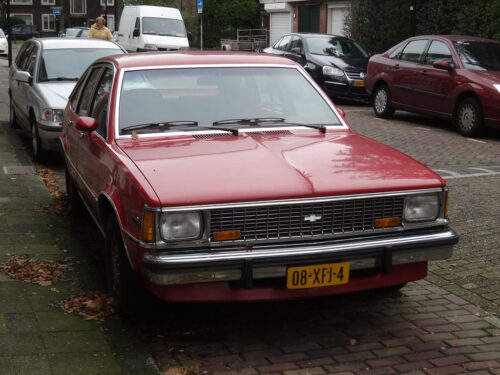
The Chevrolet Citation is often remembered as one of the quintessential “ugly American” cars of the 1980s. Its boxy, bland design and subpar performance made it a disappointment for many, even though it was meant to be a futuristic take on compact cars. Despite its lackluster performance, the Citation was a best-seller when it debuted, but it was criticized for poor reliability and lack of refinement. Today, it’s a rare collector’s item, mainly because it’s a reminder of Detroit’s struggle during the early years of the 1980s.
Finding a Citation in good condition is a real gem for car collectors, Jeff Lavery explains on Barn Finds. Many enthusiasts see it as a symbol of Detroit’s attempt to break into the compact car market in a new way. It’s the kind of car that didn’t quite live up to expectations, but because of its historical significance and rarity now, it has earned its spot as a quirky collectible. The Citation’s infamy has given it a sort of cult status, making it oddly desirable to certain collectors.
3. 1975 Ford Mustang II
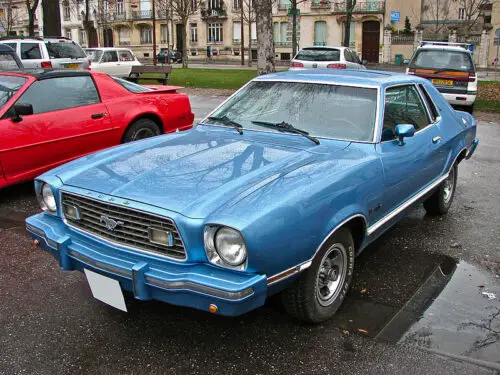
The Mustang II is often seen as a low point for the Mustang brand, with a major departure from the muscle car’s roots. This compact, underpowered version of the iconic pony car was built during the 1970s fuel crisis, which led to smaller, more economical cars. It was criticized for being far less exciting than its predecessors, and the styling didn’t do it any favors either. The Mustang II’s reputation as a “soft” and uninspiring vehicle meant it was mostly forgotten in favor of more powerful models.
However, over time, the Mustang II has gained recognition as a piece of automotive history, according to the Auto Editors of Consumer Guide’s article on HowStuffWorks. Its uniqueness, coupled with the fact that it was a Mustang during a challenging time for the brand, has made it a collector’s item. For fans of the brand, owning a 1975 Mustang II is like owning a piece of the Mustang legacy, albeit a misunderstood one. As it becomes rarer to find in good condition, its value as a collectible continues to rise.
4. 1990s Cadillac Catera
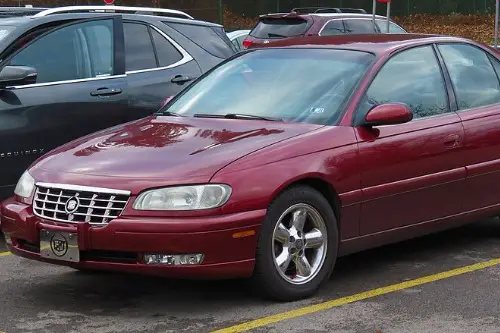
The Cadillac Catera was an attempt by Cadillac to appeal to a younger, more European-influenced market. Unfortunately, it didn’t quite succeed in any of its goals—its bland design, lackluster performance, and cheap feel left many Cadillac loyalists unimpressed. This car, often referred to as a “poor man’s Cadillac,” was criticized for not living up to the brand’s luxury image. Many people also complained that it felt more like a rebadged Opel than an American luxury vehicle.
Despite its less-than-stellar reputation, the Catera has developed a niche following over time, as you can see on the Cadillac Forums. Now, it’s seen as a quirky collector’s item for fans of 90s luxury cars. The Catera’s underwhelming legacy is part of the reason collectors seek it out—it’s a glimpse into a time when Cadillac was trying, and failing, to evolve. As fewer of these cars remain on the road, the rare few that do stand out as interesting collector’s items.
5. 1991-1993 Ford Escort RS Cosworth
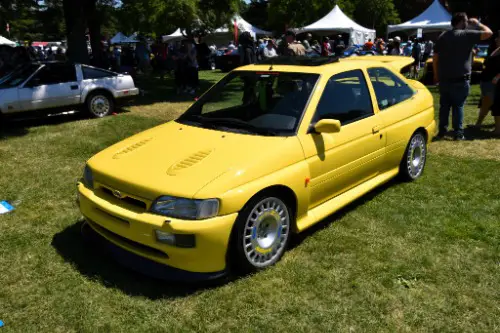
The Ford Escort RS Cosworth was built as a performance car, but its American release was marked by a general lack of understanding of what it was supposed to be. It was a car made for rallying but didn’t make the same impression in the U.S., where the Escort was seen more as a practical, entry-level vehicle. The boxy, muscular design clashed with the general public’s perception of what a small hatchback should be. In America, it was a rare, misunderstood machine, mostly ignored except by true car enthusiasts.
In the years since its release, the Escort RS Cosworth has become a beloved piece of performance car history, Rob Hull explains on This Is Money. As one of the few cars built by Ford in this era that could compete with the likes of the European hot hatches, it now has a cult following. Its performance capabilities and rarity make it an ideal collector’s car, especially as enthusiasts appreciate its raw engineering. Its status as an “ugly American car” has only added to its mystique and appeal among those who know its true potential.
6. 1971 Pontiac Aztek
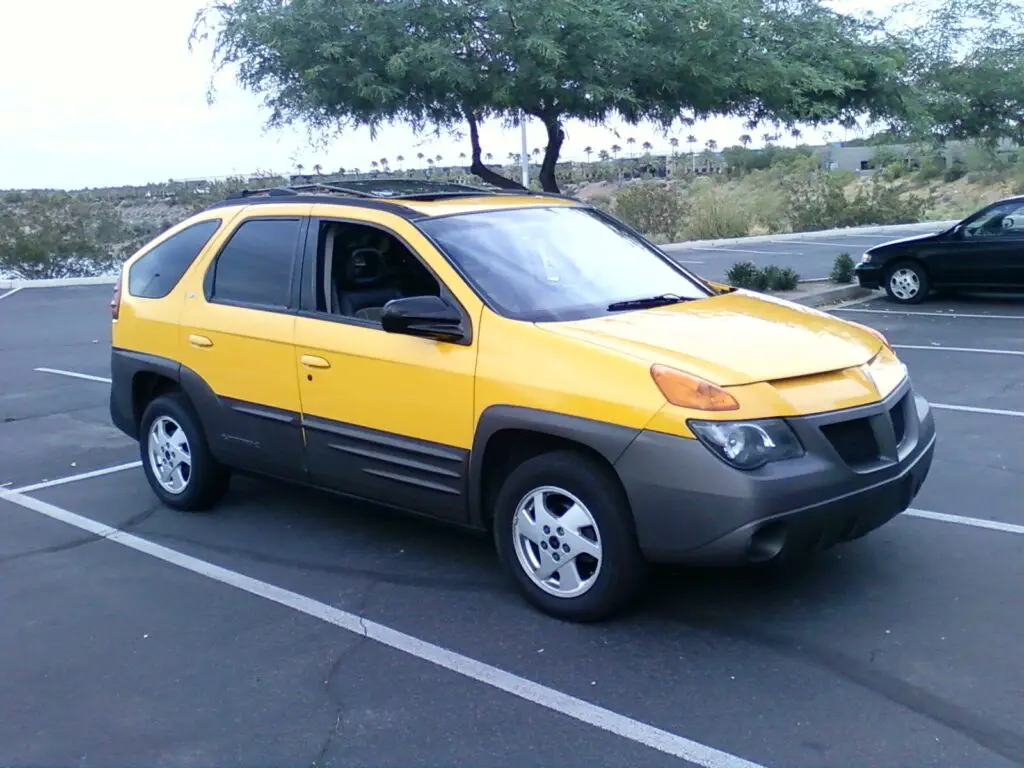
The Pontiac Aztek is perhaps one of the most notorious “ugly” cars in recent memory, yet it holds a unique place in car culture. Known for its strange combination of angular lines, a bulbous rear, and an awkward stance, the Aztek was immediately reviled upon its release. It seemed out of place, like Pontiac was trying to make a futuristic crossover before the world was ready. While it was ridiculed by critics and consumers, it found a strange fanbase due to its versatility and adventurous spirit.
Today, the Aztek has a loyal following and has transitioned from a punchline to a collector’s treasure. The combination of its bold design, practicality, and oddball status has earned it a place in automotive history. Many consider it a “future classic” because of its unique place in the market. If you can get your hands on one today, it’s a rare piece of automotive history with a fascinating backstory.
7. 1989-1992 Ford Thunderbird Super Coupe
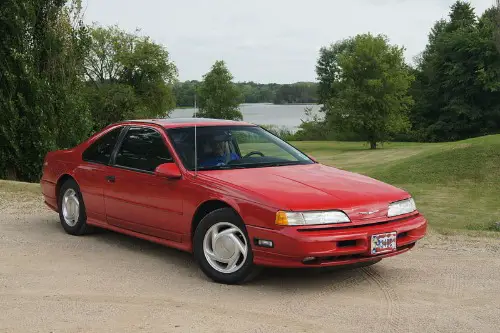
The Ford Thunderbird Super Coupe was an attempt to combine luxury and performance in a single, affordable package. Unfortunately, the Super Coupe’s heavy weight and lack of refinement made it a less-than-stellar offering in the high-performance sedan market. Its boxy styling and clunky design didn’t help matters, and it failed to capture the attention of most car buyers. The Super Coupe also had a supercharged V6 that promised more than it could deliver, leaving many feeling disappointed.
Today, however, the Thunderbird Super Coupe is an underrated classic. As fewer models remain, collectors have started to appreciate it for its attempt at blending sportiness with comfort. The car’s limited production and its place in the history of American performance vehicles make it a valuable find. Fans of Ford’s unique, quirky cars from the late 80s and early 90s consider it a gem, even if it’s a bit of an acquired taste.
8. 1984 Dodge Rampage
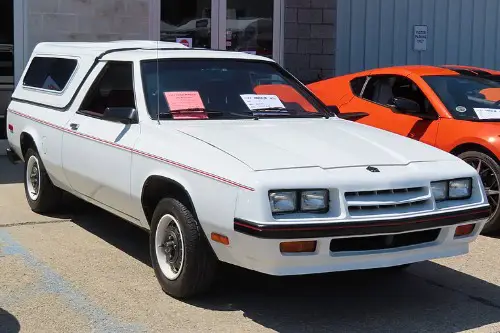
The Dodge Rampage was an oddball hybrid vehicle that combined the practicality of a pickup truck with the compactness of a hatchback. Unfortunately, its strange looks and awkward design left many scratching their heads. Critics didn’t know whether to categorize it as a truck or a car, and as a result, it never quite found its place in the market. It was slow, underpowered, and not particularly useful for those who needed a real truck.
Despite its shortcomings, the Dodge Rampage has become a sought-after collectible among enthusiasts who admire its weirdness. The unique blend of utility and oddball style gives it a special place in automotive history. With a limited number produced, it’s now seen as a rarity that is cherished by collectors looking for quirky vehicles from the 80s. Its inclusion in any car collection adds an element of surprise and nostalgia, making it a fun and valuable find.
9. 1985 Chevrolet Camaro IROC-Z
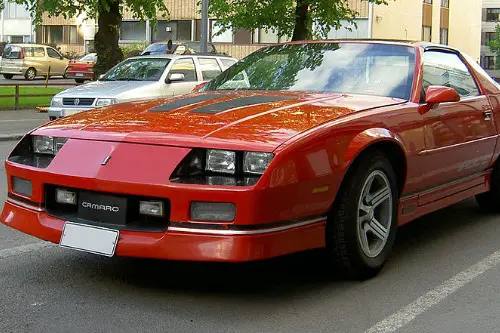
The Camaro IROC-Z was designed to be the high-performance version of the iconic Camaro, but it didn’t quite meet the high expectations of muscle car fans. With a less-than-impressive 5.0-liter V8 engine and an overly-styled, boxy design, the IROC-Z felt like a failed attempt to recapture the Camaro’s glory days. It was overshadowed by better-performing competitors and left many fans disappointed by its lack of excitement. Despite its flaws, it became a nostalgic symbol of the 80s era and has since gained collector value.
The IROC-Z has found a place in the hearts of car collectors who appreciate its quirky blend of style and underperformance. It’s seen as an iconic piece of 1980s muscle car culture, representing a time when muscle cars were trying to adapt to a more fuel-conscious world. As fewer of these cars are left in good condition, their rarity has increased, driving up their desirability. Today, it’s a fun, nostalgic car for those who can appreciate its flaws and unique place in automotive history.
10. 1978 AMC Pacer
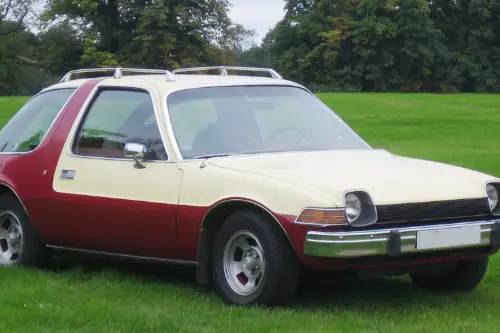
The AMC Pacer, with its strange bubble-shaped design and wide stance, was a car that seemed more like an experiment than a serious production vehicle. Its odd proportions and unconventional styling made it a favorite among those who loved quirky cars. But for the average driver, it was a head-scratcher that didn’t quite offer much in the way of practicality or style. Still, it had a certain charm that allowed it to stand out in a sea of conventional cars.
Over the years, the AMC Pacer has gained a reputation as a unique collectible. Many see it as a symbol of the experimental nature of the 1970s American car industry. Collectors love its distinctive look, and it has earned a niche following because of its cult classic status. Finding a well-preserved Pacer today is a rare treat for car enthusiasts looking for something truly different.
11. 1996 Buick Roadmaster Wagon
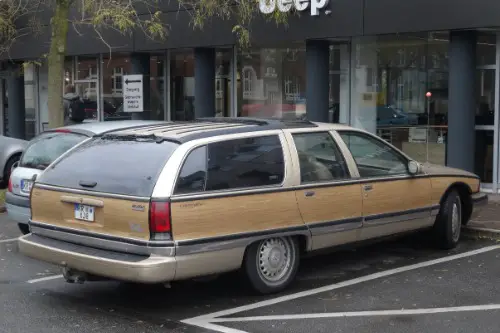
The Buick Roadmaster Wagon was a classic American station wagon, with wood paneling and a long, boxy body. By the time it was released, station wagons had fallen out of favor, making the Roadmaster seem like a relic of a bygone era. It was large, impractical, and didn’t offer much in terms of modern design or efficiency. Yet, it had a strong, loyal following thanks to its old-school charm and immense cargo space.
Now, the Roadmaster Wagon is considered a retro treasure. Collectors admire its retro styling, heavy-duty build, and nostalgic feel. Its unique combination of luxury and utility makes it a perfect addition for those looking for classic American cars. The Roadmaster is one of those cars that, though initially overlooked, has found its place in the hearts of those who appreciate its history and character.
12. 1997 Ford Taurus SHO

The Ford Taurus SHO, or Super High Output version, was a performance-focused take on the regular Taurus sedan. While it was a powerful car with a Yamaha-built V6 engine, the SHO’s styling was far from exciting. The Taurus itself was known for its conservative design, and the SHO didn’t break much ground in that area. The SHO also didn’t get the recognition it deserved because of its mundane exterior paired with the high-performance engine under the hood.
For collectors, the Taurus SHO is now seen as a hidden gem. As one of the first affordable sedans to offer impressive performance, it holds a special place in automotive history. Its understated appearance makes it a sleeper car—one that doesn’t look fast but certainly is. The rarity of the SHO, combined with its unique performance capabilities, makes it an intriguing choice for enthusiasts.
13. 1995 Chevrolet Caprice
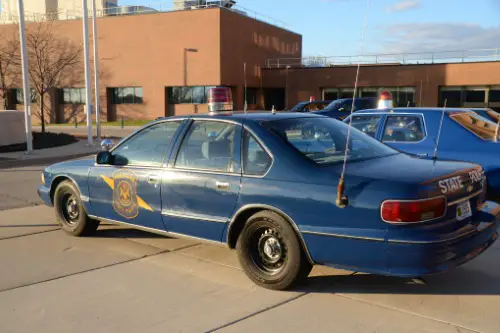
The Chevrolet Caprice had long been a standard American sedan, but by the mid-90s, it was beginning to look outdated. With its bulky frame and boxy design, the Caprice seemed to be stuck in a time when large sedans were king. It had a reputation for being dull, underpowered, and lacking the appeal that many other American cars had at the time. Despite these shortcomings, the Caprice has gained a cult following in recent years.
Today, the Caprice is valued for its strong presence on the road and its retro appeal. It represents the tail end of the big American sedan era before the shift to smaller, more fuel-efficient cars. Collectors appreciate its classic design, and it’s become a nostalgic piece of automotive history. As fewer of these cars remain, the Caprice has earned a place in the hearts of those who remember a time when bigger was still better.


